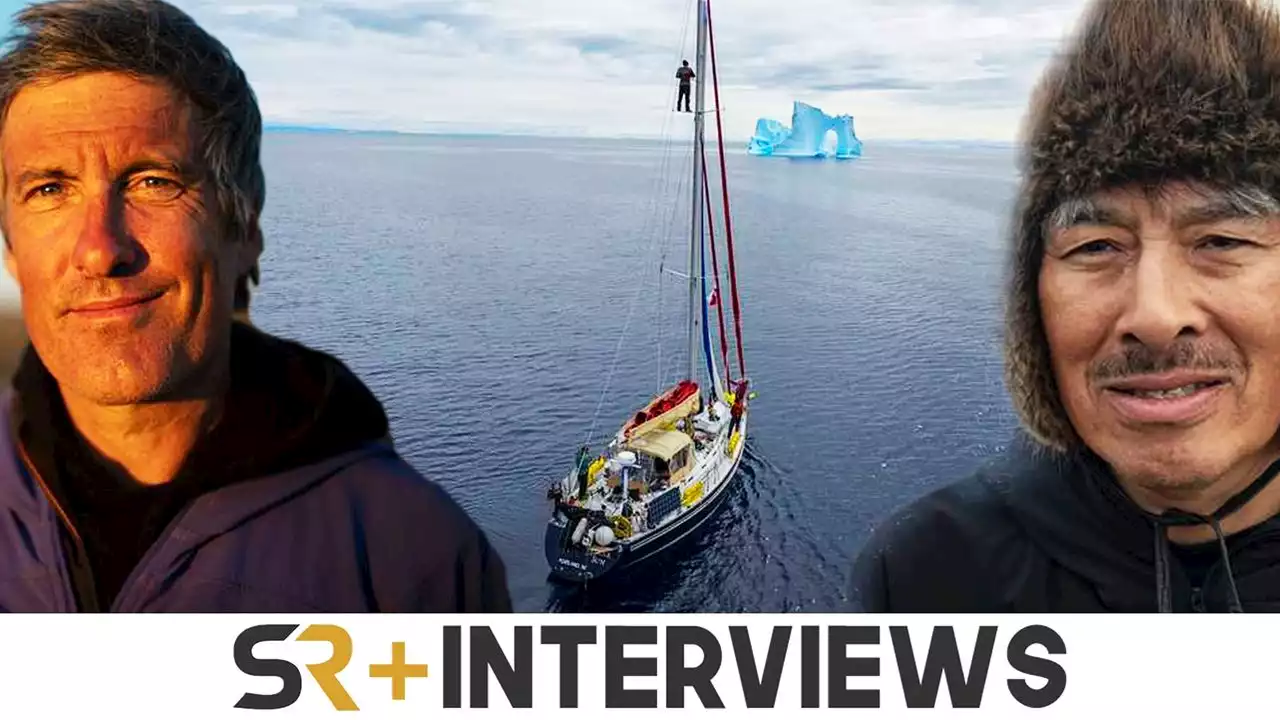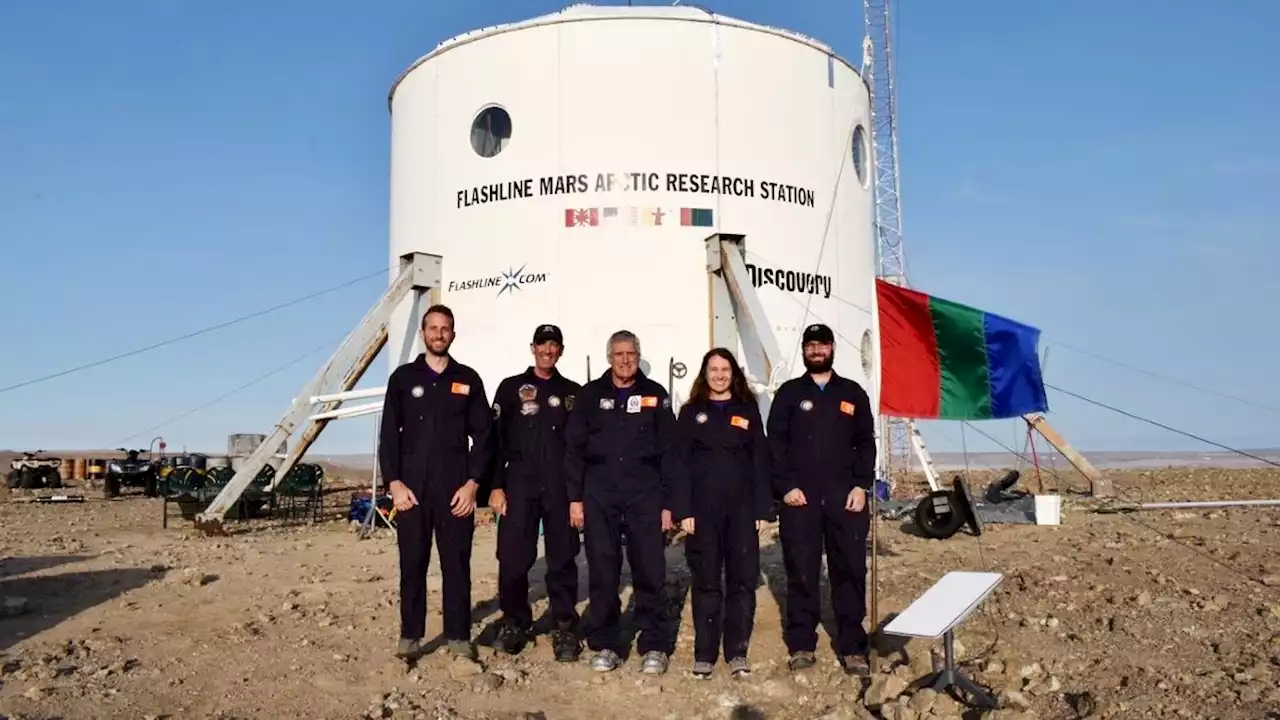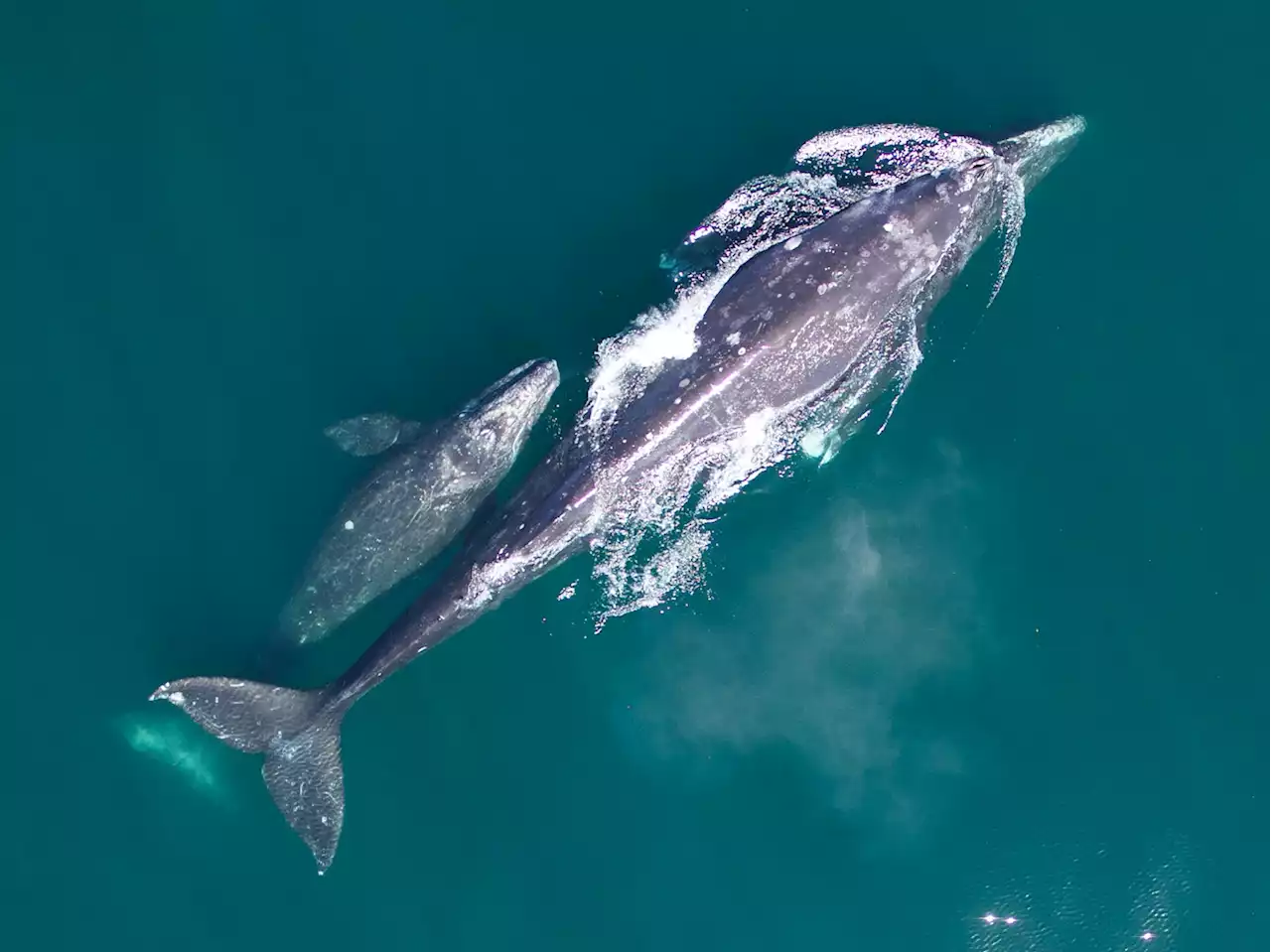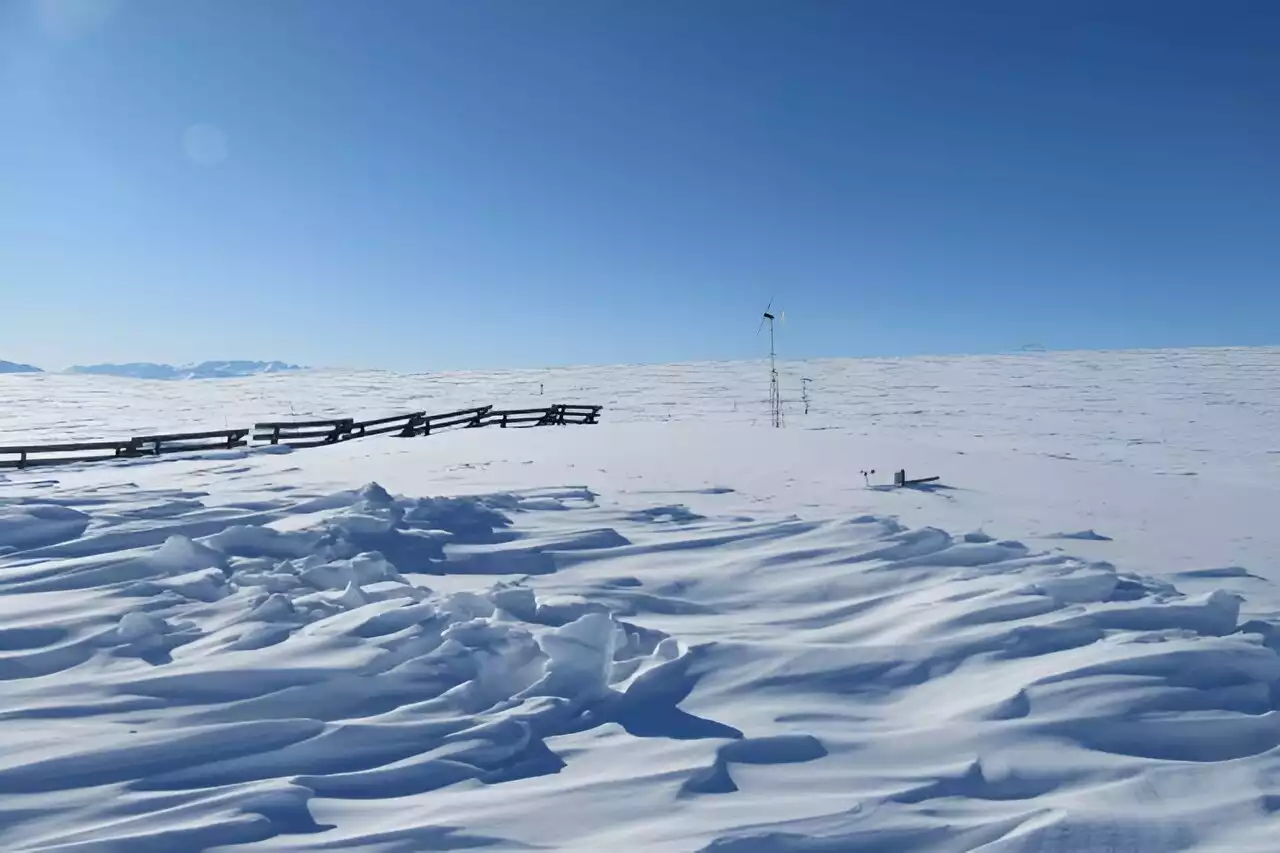Human-caused climate change is shortening the snow cover period in the Arctic. But according to new research led by Earth system scientists at the University of California, Irvine, some parts of the Arctic are getting deeper snowpack than normal, and that deep snow is driving the thawing of long-frozen permafrost carbon reserves and leading to increased emissions of greenhouse gases like carbon dioxide and methane.
Fieldwork for the study took place at the International Tundra Experiment at Toolik Lake in Alaska, an experiment started in 1994 by study co-lead author Jeff Welker of the University of Alaska. The original goal of the experiment, Welker explained, was to understand how deeper snow would affect Arctic tundra ecosystems.
"These findings suggest that the stability of permafrost in Arctic Alaska, and possibly globally, can respond rather rapidly to changes in Arctic winter snow conditions, where winter can be up to eight months long," said Welker."Winter climate feedbacks like this are a tundra characteristic not previously recognized and fully appreciated."
"We weren't sure if we would be able to see permafrost carbon emissions in the field," said Czimczik."However, we can even see the ancient carbon emissions during the summer," when carbon emissions from plants should be dominant. "Having an experiment in place for nearly 30 years, especially one that focuses on winter conditions, is such a rarity in the Arctic," said Jespersen."That timeframe has given us a unique window into one possibility for the future Arctic, and it's been sobering to witness and document the cascade of ecosystem changes that have all resulted from simply having more snow on the ground.
South Africa Latest News, South Africa Headlines
Similar News:You can also read news stories similar to this one that we have collected from other news sources.
 Nat Geo’s Explorer: Lost in the Arctic Filmmaker on the Dangers of the ArcticWe chat with Renan Ozturk about the struggles the crew of NatGeo’s ExplorerLostintheArctic faced while shooting the new National Geographic special:
Nat Geo’s Explorer: Lost in the Arctic Filmmaker on the Dangers of the ArcticWe chat with Renan Ozturk about the struggles the crew of NatGeo’s ExplorerLostintheArctic faced while shooting the new National Geographic special:
Read more »
 Mars Society begins simulated Red Planet mission in Canadian Arctic'We believe that our missions are playing a small, but significant role in advancing humanity's journey to Mars.'
Mars Society begins simulated Red Planet mission in Canadian Arctic'We believe that our missions are playing a small, but significant role in advancing humanity's journey to Mars.'
Read more »
 Gray Whale Calf Count Increases from All-time Low, Positive Sign for the PopulationTwice as many calves head north to Arctic feeding grounds with their mothers.
Gray Whale Calf Count Increases from All-time Low, Positive Sign for the PopulationTwice as many calves head north to Arctic feeding grounds with their mothers.
Read more »
 This Ancient Shrew-Like Creature Weighed Next to Nothing and Survived the ArcticThe 'ice mouse' eked out a living in the Cretaceous dirt, where it survived months of complete darkness every winter.
This Ancient Shrew-Like Creature Weighed Next to Nothing and Survived the ArcticThe 'ice mouse' eked out a living in the Cretaceous dirt, where it survived months of complete darkness every winter.
Read more »
 Cruise, Waymo Get Green Light, but Won't Displace Human Drivers SoonCalifornia regulators issue approvals for Cruise and Waymo for 24/7 robotaxi service in San Francisco, but technical and business issues remain to be solved.
Cruise, Waymo Get Green Light, but Won't Displace Human Drivers SoonCalifornia regulators issue approvals for Cruise and Waymo for 24/7 robotaxi service in San Francisco, but technical and business issues remain to be solved.
Read more »
 100-year-long 'megastorms' on Saturn are creating radio signals that scientists can't fully explainGargantuan storms on Saturn can wrap around the entire planet and be seen for months. New research suggests their impacts persist hundreds of years longer than experts thought.
100-year-long 'megastorms' on Saturn are creating radio signals that scientists can't fully explainGargantuan storms on Saturn can wrap around the entire planet and be seen for months. New research suggests their impacts persist hundreds of years longer than experts thought.
Read more »
